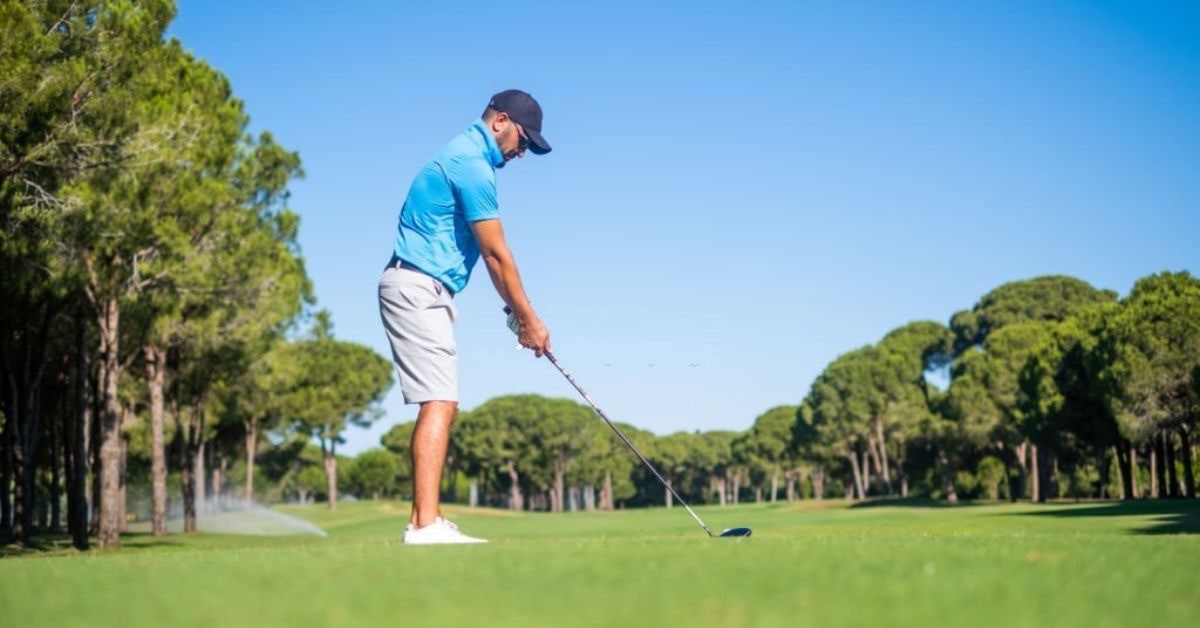It goes without saying that ball speed has a direct influence on distance.
However, a good tee shot is not just about pure speed. The strike quality is equally important and will affect how much spin is imparted onto the ball at impact.
In this article, you’ll learn how to convert driver ball speed to distance. I’ll share all the relevant factors to consider, and how to optimize your tee shots for more distance.
Ready? Let’s tee off!
Driver Ball Speed to Distance
With optimal strike and launch conditions, 167 mph of driver ball speed is equal to around 275 yards of carry distance. This is the average on the PGA Tour. However, several factors influence the distance, including launch angle, rates of spin, and atmospheric conditions such as temperature and wind.
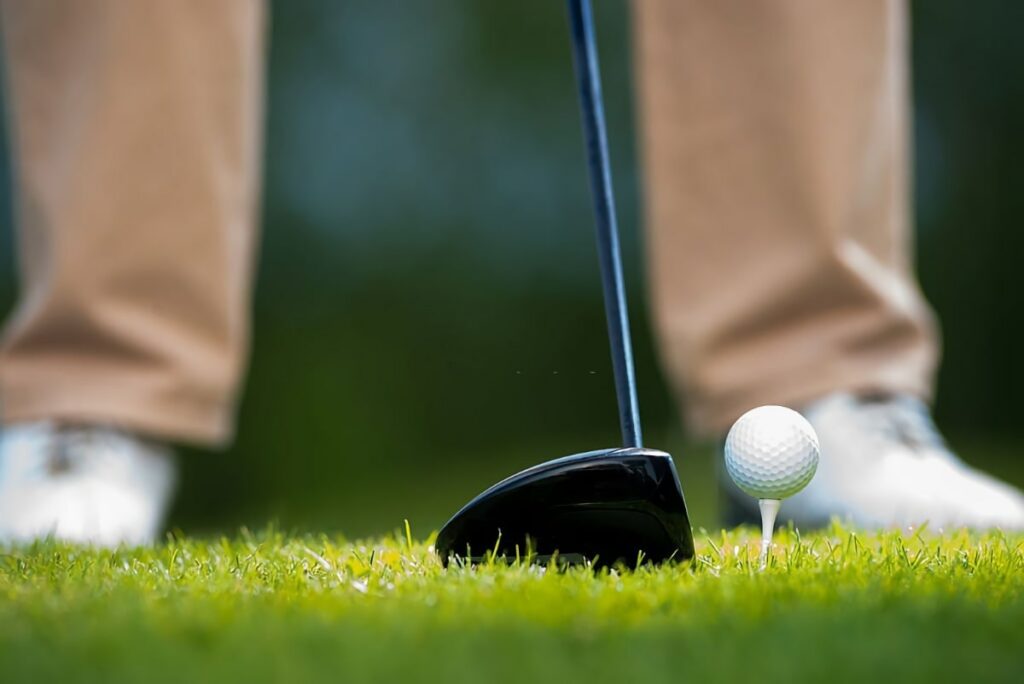
What Is Ball Speed?
Ball speed is the measurement of how fast a golf ball is traveling the moment after impact with the clubface. This speed is recorded using a launch monitor.
Several factors influence ball speed:
- Club head speed — Put simply, this is how fast the club is traveling at the point of impact. This depends on myriad factors including age, gender, and level of fitness, but can ultimately be improved through training and practice.
- Quality of strike — Also known as “smash factor“, this is a measurement of how well the ball is struck in relation to the sweet spot on the clubface. You can have lots of club head speed, but it will be hard to gain distance with a poor strike.
- The club itself — Modern drivers are designed with various shapes and materials to optimize MOI and the energy transfer into the ball. Due to technological and material advances, ball speeds will be higher with modern golf equipment.
But how does ball speed relate to distance? Read on to find out!
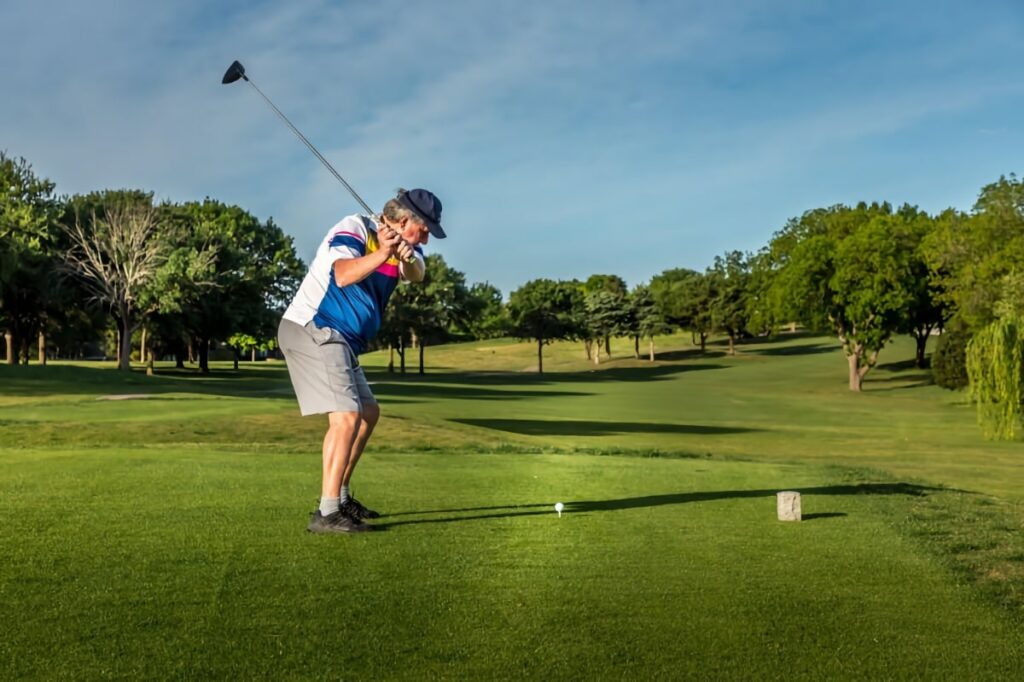
How Does Ball Speed Impact Distance?
Ball speed has a direct relationship with distance. Put simply, the faster the ball is going after impact with the clubface, the further it will travel on the course.
In the data below, with data provided by Foresight Sports, we can see the relationship between ball speed and distance for shots with an optimal launch angle of 10-14º:
| Club Speed (mph) | Ball Speed (mph) | Spin Rate (rpm) | Carry Distance (yards) | Total Distance (yards) |
| 69 | 100 | 2500-3500 | 130-142 | 159-169 |
| 76 | 110 | 2400-3400 | 157-170 | 181-194 |
| 83 | 120 | 2300-3300 | 183-197 | 204-221 |
| 90 | 130 | 2200-3200 | 207-223 | 227-246 |
| 97 | 140 | 2100-3100 | 231-249 | 250-272 |
| 103 | 150 | 2000-3000 | 254-275 | 273-299 |
| 110 | 160 | 1900-2900 | 276-301 | 295-325 |
| 117 | 170 | 1800-2800 | 298-325 | 318-349 |
| 124 | 180 | 1700-2700 | 320-349 | 340-386 |
| 131 | 190 | 1600-2600 | 342-372 | 378-401 |
| 138 | 200 | 1500-2500 | 360-389 | 381-418 |
| 145 | 210 | 1400-2400 | 383-408 | 405-438 |
As you can see, lower ball speeds benefit from higher spin rates. This is because it’s vital that the ball gets enough elevation, without prematurely falling out of the air.
Conversely, higher ball speeds optimally have lower spin rates. This maximizes the carry distance and subsequent rollout, as there is enough speed to launch properly.
Average Ball Speed and Carry Distances
According to Foresight data, here are the average ball speeds and carry distances:
- Male with a handicap of 5: 147 mph, 250 yards
- Male average: 133 mph, 210 yards
- Female with a handicap of 5: 125 mph, 200 yards
- Female average: 111 mph, 165 yards
- PGA Tour professional: 167 mph, 275 yards
Of course, the main point of difference is club speed. Professional golfers swing the club almost 20 mph faster than the average male golfer, which contributes significantly to the extra 34 mph ball speed and 65 yards of carry distance.
However, it’s also important to consider the quality of the strike. With a flatter launch angle and consistent strike, pros are able to reduce driver spin to hit the ball further.
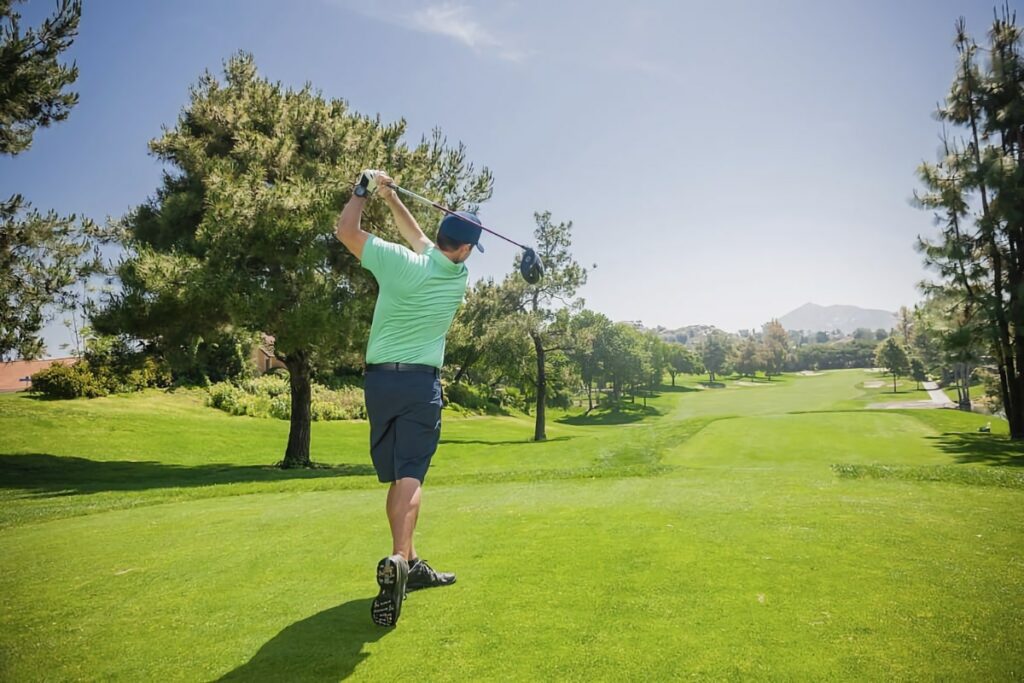
How to Increase Ball Speed
To increase ball speed, you need to increase your swing speed so that the club head is traveling at a faster rate when it strikes the golf ball.
To do this, follow these 4 simple tips:
- Extend your follow-through to hit through the ball
- Get the hands higher in the backswing
- Practice with short swings to improve power
- Keep your feet moving until right before the swing
Let’s dive into each in some more detail.
Tip 1: Extend Your Follow-Through
Firstly, it’s vital that you extend your follow-through after impact. This encourages you to maintain speed as you swing through the ball, without any deceleration.
Essentially, this means continuing the swing through the ball so that after impact, the club head finishes around the back of your neck.
Also, proper extension in the driver swing can help to smooth out your tempo, leading to better control of the clubface. This improves your quality of strike and ball speed.
PRO TIP: Keep your muscles relaxed, and allow the swing to naturally extend after impact without forcing your arms to straighten out.
Tip 2: Higher Hands in the Backswing
Another way to increase ball speed is to increase the height of the backswing. This involves rotating your upper body more, maximizing the coil effect.
By rotating more and having higher hands, the club head has more distance to travel in the downswing before impact. Provided that you keep everything stable, this will result in more club head speed, more ball speed, and more distance.
One way to generate some more height in the backswing is to lift your front heel. Many of the best players in the world do this to help them get that extra level of rotation.
PRO TIP: Don’t over-rotate in the backswing, as this can cause you to lose power before returning to the downswing.
Tip 3: Practice With Short Swings
By practicing with shorter swings, you can build up the sensation of increasing speed without relying on the power generated by extra height in a full swing.
To do this, simply practice with fast half swings. This helps you learn how it feels to swing fast in the middle portion of the swing, which is essential for high ball speed.
Then, when combined with the additional height of a full swing out on the course, the short-swing practice can help maximize your natural speed.
Tip 4: Keep Your Feet Moving
Finally, keep your feet moving right up until the moment before you start to swing the club. This puts you in an athletic position for maximum power in the driver swing.
Put simply, keep on your toes, and don’t root yourself to the ground. This allows you to generate plenty of coil on the backswing, and rotate through the downswing.
For instance, you’ll see long-drive contestants moving their feet significantly right up until they swing the club. While that’s an extreme example, it demonstrates the benefits of fluidity in your base when looking to maximize power and increase ball speed.
Check out the video below 3-time major winner Padraig Harrington, where he discusses and demonstrates useful ways to improve speed in the golf swing:
FAQs
Below are some answers to common questions about driver ball speed to distance.
How Far Should 150 mph Ball Speed Go?
150 mph ball speed with the driver should go around 254-275 yards in carry distance, and 273-299 in total distance. This takes into consideration the optimal launch angle of 10-14º and spin rate of 2000-3000 rpm.
However, it’s important to remember that atmospheric conditions have a significant impact on distance. The ball will travel much further in warmer temperatures than in cooler temperatures. Also, wind strength and direction have a major effect.
How Much Ball Speed to Hit 300 Yards?
To hit 300 yards of carry distance, you will need to generate around 170 mph of ball speed. However, to hit a total distance of 300 yards including rollout, you only need to reach approximately 160 mph of ball speed.
Both of these figures assume a launch angle of 10-14º and a spin rate of around 1900-2900 rpm. This will produce the most efficient angle and transfer of energy.
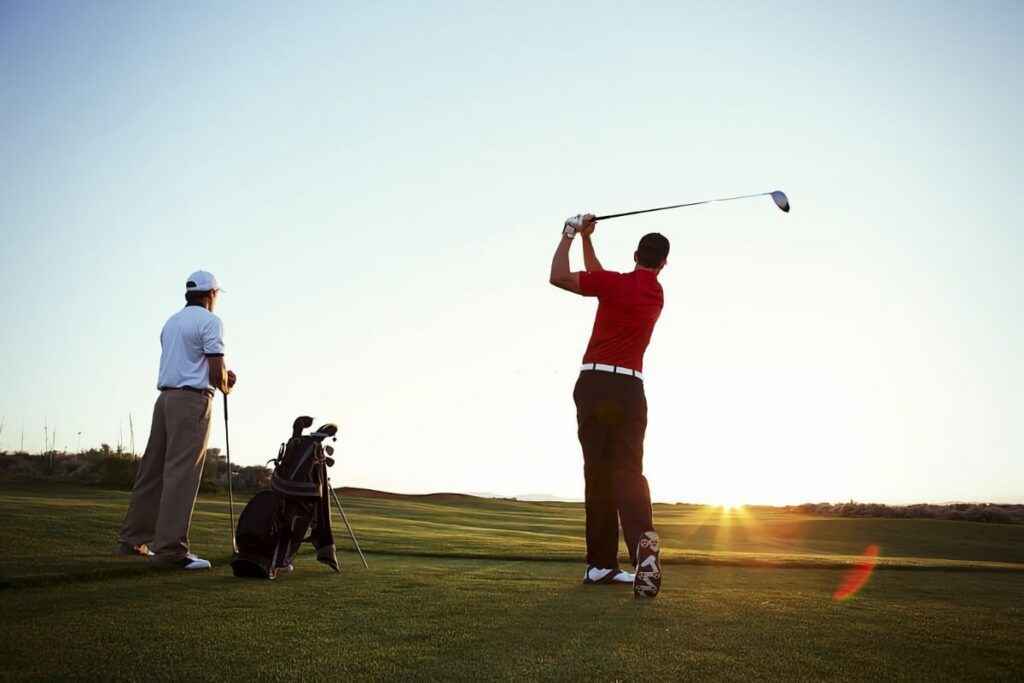
Conclusion
In summary, when converting driver ball speed to distance it’s important to consider the optimal launch angle and spin rates to achieve the best distance for that speed.
In general, 100 mph of ball speed equates to around 135 yards of carry distance. At the other end of the spectrum, 200 mph of ball speed equals 370+ yards.
One important factor to consider is the atmospheric conditions of the course. The ball will travel further in warmer temperatures, and wind has a significant impact on the ball flight depending on its strength and direction.
Sadly, this variable is out of your control!
Ultimately, for the best results you should consider a professional driver fitting. This will give you a personalized look at your numbers, with realistic distance targets.

